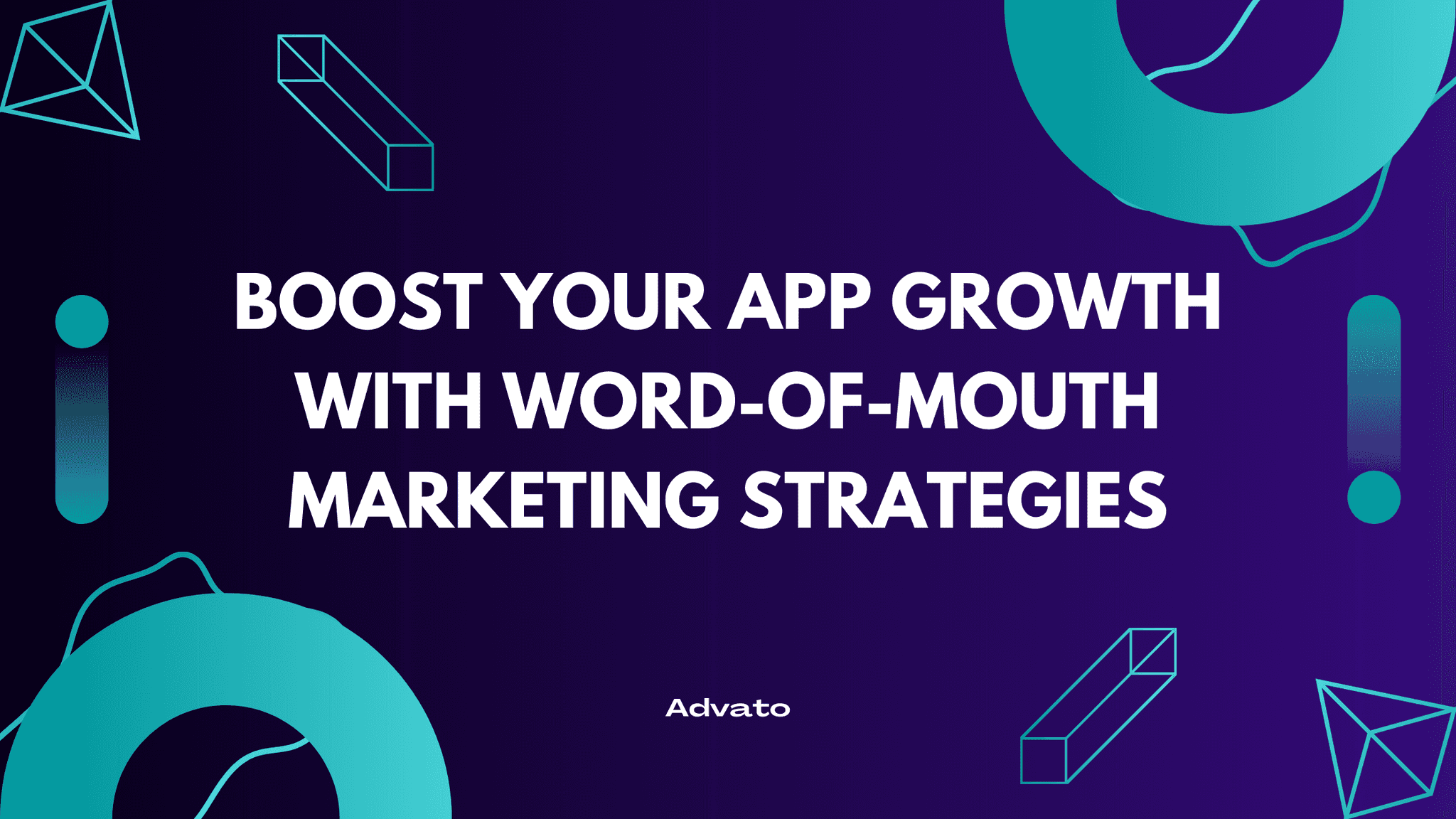Oct 30, 2024
Ever wondered why some mobile apps grow to the top of the charts while others struggle to gain traction? One thing that helps get that top spot is continuous optimization through A/B testing. For app developers aiming for significant app growth, mastering app testing strategies is important. In this blog post, we'll dive into the world of app A/B testing, exploring how it can enhance user experience, boost conversion rates, and ultimately drive your app's growth.
A/B Testing
A/B testing, also known as split testing, is a method of comparing two versions of an app or a feature to determine which one performs better. By presenting Version A to one group of users and Version B to another, developers can analyze which version yields higher engagement, retention, or conversion rates.
Imagine you have a new sign-up page for your app. You're unsure whether a blue "Sign Up" button or a green one will encourage more users to register. By conducting an A/B test, you can let the data speak for itself.
The Importance of A/B Testing in App Development
Since the app market is very competitive, it’s important to keep track of the user preferences and behaviors. Here's why A/B testing is indispensable:
Enhancing User Experience
Personalization: Tailor the app experience to meet user expectations.
Usability Improvements: Identify and eliminate friction points in the user journey.
Engagement Boost: Test features that keep users coming back.
Increasing Conversion Rates
Optimized Funnels: Fine-tune each step to reduce drop-offs.
Effective CTAs: Experiment with calls-to-action that drive desired behaviors.
Revenue Growth: Maximize in-app purchases or ad interactions.
Data-Driven Decisions
Objective Insights: Move beyond assumptions to evidence-based strategies.
Risk Mitigation: Test changes on a small scale before full deployment.
Continuous Improvement: Foster a culture of ongoing optimization.
Key Elements to Test
When embarking on app testing, it's important to focus on elements that significantly impact user behavior.
User Interface (UI) and Design
Color Schemes: Influence mood and actions through color psychology.
Layout and Navigation: Ensure intuitive and seamless user journeys.
Typography: Test font styles and sizes for readability.
Content and Messaging
Headlines and Copy: Craft messages that resonate with your audience.
Images and Videos: Use visuals to capture attention and convey value.
Microcopy: Optimize button texts, error messages, and tooltips.
Functional Features
Onboarding Flows: Simplify the initial user experience to boost retention.
Search and Filters: Improve functionality to help users find what they need.
Loading Times: Reduce latency to prevent user drop-offs.
Calls-to-Action (CTAs)
Placement: Test different locations for maximum visibility.
Design: Experiment with shapes, sizes, and animations.
Text: Use persuasive language that prompts action.
Best Practices for Effective A/B Testing
To use the full potential of A/B testing, follow these best practices:
Define Clear Objectives
Before initiating a test, establish what you aim to achieve. Is it higher user engagement, increased purchases, or improved retention?
Formulate a Hypothesis
A well-defined hypothesis guides your testing strategy. For example, "Changing the 'Buy Now' button color from red to orange will increase purchase rates by 5%."
Segment Your Audience
Target specific user groups to gain more relevant insights. Segmentation can be based on demographics, behavior, or device types.
Test One Variable at a Time
Isolate variables to pinpoint what's driving the change in user behavior. Testing multiple elements simultaneously can muddle results.
Ensure Statistical Significance
Collect enough data to confidently assert that results are not due to chance. Use statistical tools to calculate significance levels.
Monitor Test Duration
Allow tests to run long enough to gather meaningful data but avoid extending them unnecessarily, which can delay decision-making.
Analyze and Iterate
After the test concludes, analyze the results thoroughly. Implement the winning variation and plan subsequent tests for continuous optimization.
Tools and Platforms for A/B Testing
Leveraging the right tools can streamline your testing process.
Firebase A/B Testing
Features: Integrates with Google Analytics, remote config changes.
Benefits: Real-time insights, easy experiment setup.
Optimizely
Features: Advanced targeting, multivariate testing.
Benefits: Real-time results, supports web and mobile apps.
SplitMetrics
Features: Focused on app store optimization.
Benefits: Test app icons, screenshots, and descriptions before launch.
Advato - for referral marketing a/b testing
Features: Simplifies implementing and growing referral programs.
Benefits: Acquire high-quality users at a lower price, easy integration.
By incorporating Advato into your app, you can effortlessly set up and A/B test referral strategies, further driving app growth.
Integrating Referral Programs into A/B Testing
Referral programs are a proven strategy for organic app growth. Testing different referral incentives and mechanisms can amplify your user base.
Why Test Referral Programs?
Maximize Virality: Find the most shareable incentives.
Optimize Cost per Acquisition: Lower costs by focusing on effective strategies.
Enhance User Quality: Attract users more likely to engage and retain.
How Advato Makes It Easy
Advato stands out as the easiest way to implement and grow referrals in mobile apps. Here's how it helps:
Quick Implementation: Integrate referral features without extensive development.
Customizable Rewards: Test different incentives like discounts, freebies, or premium features.
Robust Analytics: Track referral sources, conversion rates, and lifetime value.
A/B Testing Referral Strategies with Advato
Incentive Types: Compare the effectiveness of monetary vs. non-monetary rewards.
Referral Flow: Test different sharing methods (e.g., social media vs. direct messaging).
Timing: Determine the optimal moment to prompt users for referrals.
Common Mistakes to Avoid
Even seasoned developers can stumble in their testing efforts. Here's what to watch out for:
Inadequate Sample Sizes
Testing with too few users can lead to unreliable results. Ensure your sample size is sufficient to achieve statistical significance.
Ignoring External Factors
Be mindful of factors like holidays, updates, or marketing campaigns that can skew results.
Premature Conclusions
Avoid ending tests too early. Short-term trends may not reflect long-term user behavior.
Overlooking User Feedback
Quantitative data is vital, but qualitative feedback can provide context and deeper insights.
Conclusion
A/B testing is more than a tool—it's a strategic approach to achieving substantial app growth. By systematically experimenting and refining, you can optimize user experience, enhance conversion rates, and stay competitive in a crowded market. Don't forget the power of referral programs; integrating Advato can amplify your efforts by attracting high-quality users at a lower cost.
Start your A/B testing journey today, and unlock the full potential of your mobile app!


